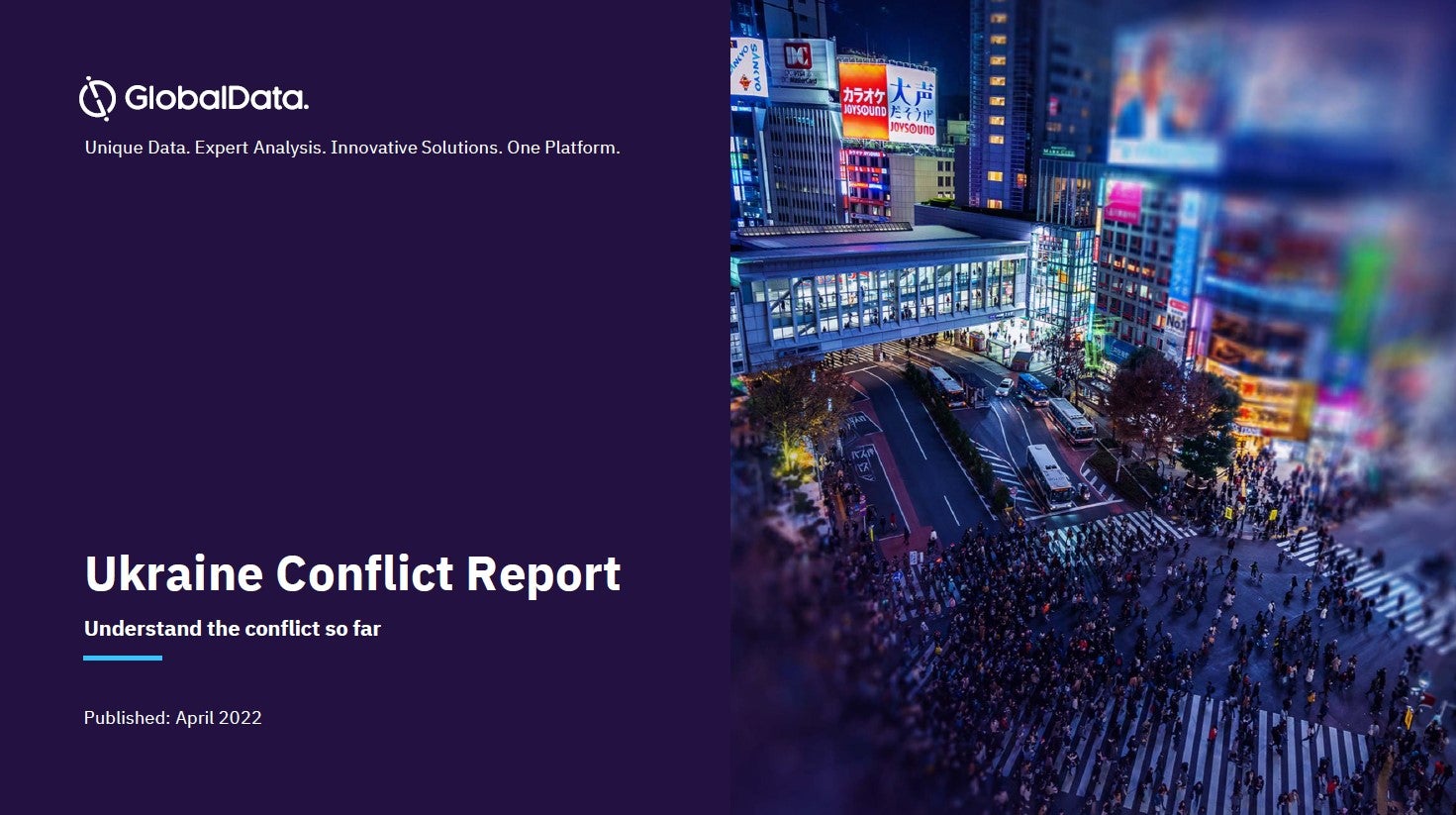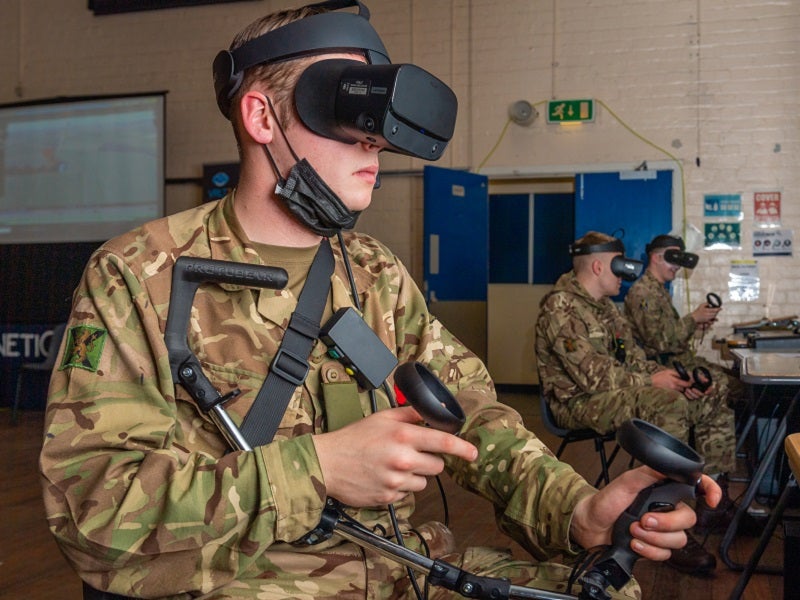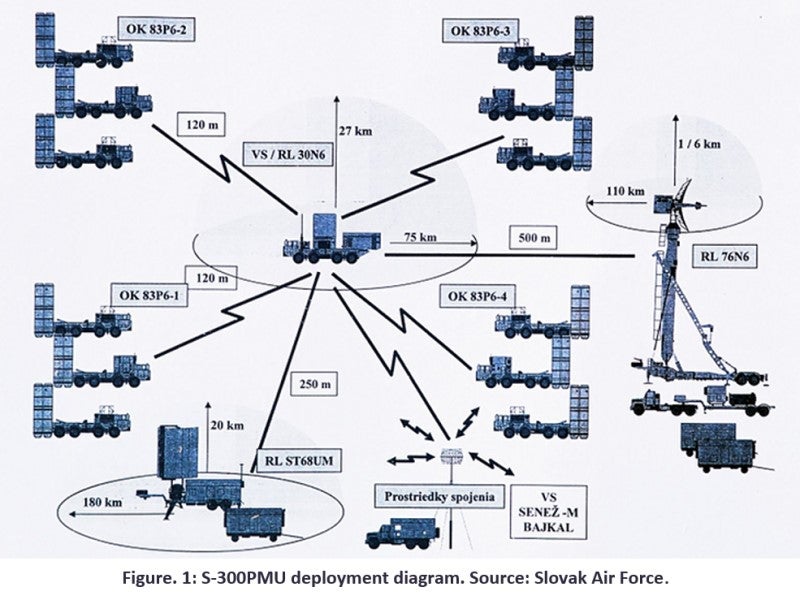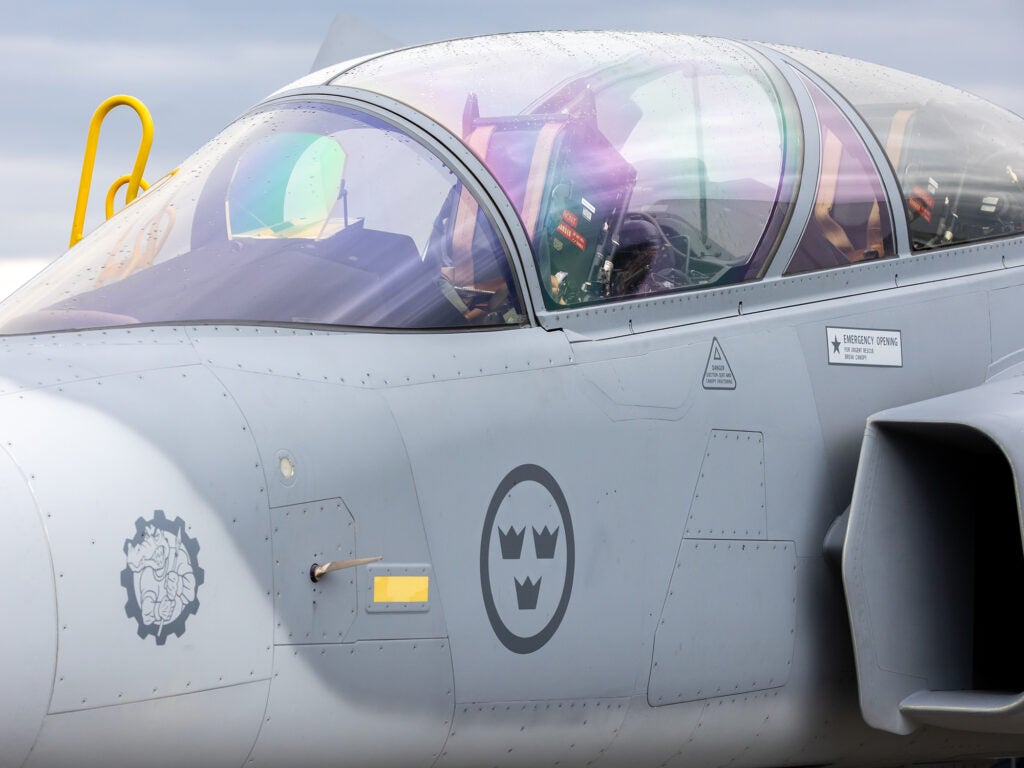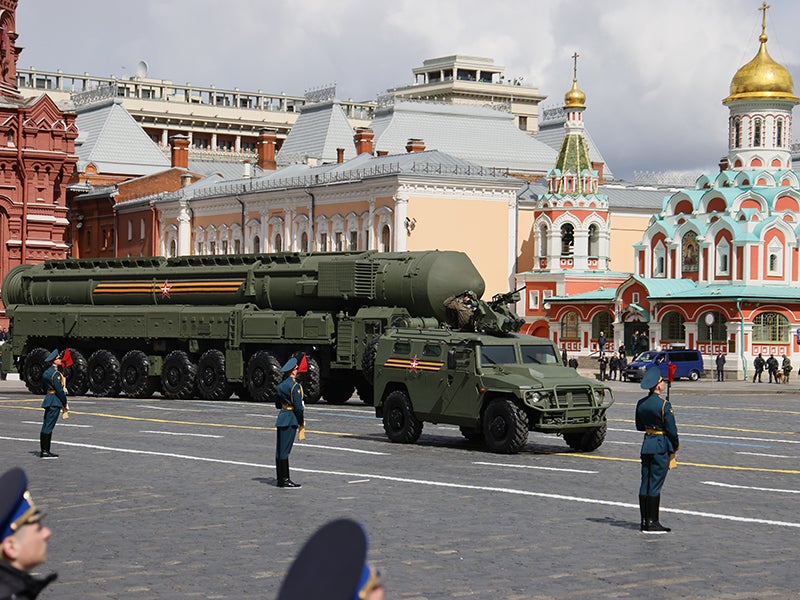
Six weeks after the Russian invasion of Ukraine, the tepid Russian Victory Day celebrations have highlighted the flaws with in the Russian armed forces throughout the war in Ukraine. For several weeks, western analysts have been theorizing as to the possible outcomes of Russia’s annual Victory Day parade, and more specifically what Putin’s speech might reveal about his geopolitical outlook and strategic objectives as war continues in Ukraine.
Many hypothesized that Putin would use the opportunity to produce a dramatic shift in Russian defense policy, with theories ranging from an official declaration of ‘war’ followed by the general mobilization of the Russian military’s reserves to a veiled admission of failure through the announcement of a hollow ‘victory’ following the attainment of some undefined strategic objectives. However, Russia’s Victory Day parade served more as a reminder of their recent strategic failures than a celebration of their past prowess.
Whereas in the past displays of advanced military equipment such as the T-14 Armata MBT during the 2015 Victory Day Parade triggered much trepidation amongst military strategists and technological experts, the visibly dismal performance of Russian forces in Ukraine has significantly undermined the credibility of Russia’s military capabilities and of the Russian defense industry as a whole.
Since Ukraine has been supplied with Western anti-tank systems such as Raytheon’s Javelin or Saab’s NLAW ATGMs, the reputation of the Russian army’s mechanized units has been severely tarnished by their repeated failures to meet expectations. Images of Russian paratroopers parading their modernized RATNIK soldier systems and AK-12/AK-15 pattern rifles, the latter of which were specifically designed with Picatinny rails to incorporate optics and sighting devices, now appear inconsistent with overwhelming video evidence of poorly equipped Russian soldiers fielding outdated equipment, some of it dating back to the Second World War.
A planned flyover by eight MiG-29SMT Fulcrum multi-role fighters was reportedly cancelled due to poor weather conditions, even though weather conditions looked better than the previous year’s worse weather, further highlighting their lackluster attempts to maintain air superiority against Ukrainian forces supplied with Western Man-Portable Air Defense Systems (MANPADS) such as the FIM-92 Stinger, Piorun-M and Starstreak HVM anti-air missiles.
Indeed, the Russian state’s reliance on projecting symbolic military strength appears to have clouded the Putin
administration’s view of how realpolitik within the Russian military and defense procurement circles has crippled their forces from within. Though the Russian state has largely been able to retain the USSR’s propaganda capabilities through complex networks of state sponsored media, centralized social media platforms and well-funded intelligence services conducting psychological warfare on a global scale, the military’s failure embrace change and adapt to the principles of modern warfare is now readily apparent to international observers.
In a recent publication, retired Lieutenant General Mark Hertling, who previously held the post of Commanding General of US Army Europe in the years prior to the annexation of Crimea, highlighted how over the course of several joint exchanges and capability demonstrations with his Russian counterparts it became apparent that Russia’s military infrastructure and training had failed to keep pace with the developments being implemented by NATO member states following the end of the Cold War.
Lt. General Hertling describes how prior to 2014, both the Russian and Ukrainian militaries were similarly inexperienced and formulaic, with the failure to invest in developing Non-Commissioned Officers (NCOs) resulting in a widespread lack of leadership and innovation, undermining general discipline and consequently facilitating the rapid spread of corruption amongst the armed forces.
In summary, the Russian Victory Day celebrations have only served to further illustrate the struggles Russia face in their conflict with Ukraine. Whilst they are able to showcase advanced systems for the worlds media, even if the equipment on display is nothing new and in fewer numbers than the previous years, this picture fails to manifest it’s self in Ukraine where the equipment is older than most of the soldiers using it.
The parade should be viewed as an attempt of Russian military showmanship and trigger the most significant re-evaluation of Russia’s military capabilities since the end of the Second World War. However, the failure of the Russian high command to appreciate the severity of their failures in training and procurement will likely continue to impact operations in Ukraine in the coming weeks, and this is a vulnerability which the Ukrainian armed forces have learn to exploit very well.


